The Basenji often called “the barkless dog”—is an elegant, independent hunting breed from Central Africa. Known for a cool head, its musical baroo yodel instead of typical barking, and cat-like cleanliness, the Basenji thrives when its strong prey drive is managed smartly and training stays short, fair, and consistent. This guide from Siliena Magazine gathers everything you need for city life and the great outdoors with this ancient breed.
Table of contents
- Origin & history
- Appearance & special features
- Temperament & behavior
- Family life & living together
- Training & handling
- Prey drive & management
- Health & common topics
- Grooming & daily care
- Nutrition & weight
- Exercise & enrichment
- Apartment, city & climate
- Puppies & the first months
- Getting one, costs & responsibility
- Who is the Basenji a good fit for?
- Quick facts
Origin & history: one of the oldest breeds
The Basenji hails from the Congo Basin and is considered one of the world’s oldest dog breeds. Archaeological finds suggest a presence as far back as the Pharaohs. Bred to locate and drive game silently through dense brush, the Basenji’s independence, quiet communication, and agility reflect that original job. The breed reached Europe and North America in the 1930s; today, breeding goals emphasize health, efficient movement, and a clear, unobtrusive temperament.

Appearance & special features (forehead wrinkles & curled tail)
A small to medium, square-built athlete (about 40–43 cm / 15.7–16.9 in; 9–12 kg / 20–26 lb) with a fine, short coat, erect ears, almond eyes, and a high-set, tightly curled tail resting on the back. Forehead wrinkles appear when alert.
Colors: red & white, black & white, tricolor, sable, and particolor. Notable traits:
- Yodel, not bark: Basenjis seldom bark; they communicate with growls, chortles, and the unique baroo yodel.
- Once-yearly heat: Many females come into season once a year (often fall/winter), unlike most breeds (twice yearly).
Temperament & behavior: the independent yodeler
Independent, attentive, clean. Basenjis observe, think, and often choose their own solutions—sometimes mistaken for stubbornness. They bond closely to their person, remain reserved with strangers, and, when well exercised, are calm and orderly indoors. Outside, many show strong prey drive and high speed—consistent management is essential.

Family life & living together
Daily life works best with clear routines and predictable activities. A defined resting spot and house rules followed by everyone create structure and safety. With considerate, older children, Basenjis are friendly but dislike rough chaos or constant change. Dog-to-dog contacts benefit from good management—this independent, straight-moving breed is conflict-averse but not necessarily deferential.
Training & handling: consistency wins
Highly intelligent and independent, Basenjis do not thrive on rote drills. Opt for short, crisp sessions (2–5 minutes), high-value rewards, and fair criteria. Priorities:
- Reliable foundation cues for everyday life.
- Loose-leash skills to prevent prey-driven pulling: leash training.
- A rock-solid recall—backed up with a long line in game-rich areas.
- Early impulse control to lower arousal before it spikes.
Pressure creates pushback. Friendly, consistent guidance and motivation beat any form of force.
Prey drive & management
A sighthound at heart, the Basenji can bolt after moving wildlife and ignore recall off-leash. Safety and management are non-negotiable:
- Gear for safety: A tear-resistant leather leash with solid hardware is a must outside secure areas; use a long line for training on open ground.
- Plan routes: Avoid field and forest edges at dawn/dusk when wildlife movement peaks.
- Legal outlets: Channel prey energy into allowed work—lure coursing (mechanical lure), searching/indicating games, and scent detection.
Health & common topics (Fanconi syndrome)
Generally robust, the breed has some known predispositions:
- Fanconi syndrome (kidney): a hereditary tubule disorder—review breeder health tests and current screening. Early signs (excess drinking/urination, weight loss) warrant prompt vet checks.
- Eyes: progressive retinal atrophy (PRA) and other issues—schedule regular ophthalmic exams.
- Ortho & skin: keep a lean outline to protect joints; short coat dogs may need a coat in cold weather and sun protection in summer.
- Teeth: routine brushing reduces tartar (see dog teeth brushing).
Grooming & daily care: the cat-like dog
The short coat is low-maintenance—weekly brushing usually removes loose hair and dirt. Basenjis self-groom often. Dry off after rain/cold and avoid drafts—many get chilly and appreciate a warm coat. Maintain nails, ears, and teeth. A supportive bed protects joints and encourages rest.
For the short neck and fine coat, a soft, wide leather collar helps prevent skin irritation and spreads pressure comfortably.

Nutrition & weight
Choose food with quality proteins and energy matched to activity. Weigh daily rations, count treats, and transition diets slowly. Aim for a lean, athletic outline—ribs easily felt but not visible. Avoid excess weight. Omega-3s can support skin, coat, and recovery.
Exercise & enrichment
Basenjis need daily movement and brain work—quality over mileage, with activities that address scent and hunting instincts:
- 2–3 focused sessions/day: orientation, nose work, short obedience blocks.
- Off-leash: only in secure, high-fenced areas and with excellent recall; otherwise use a long line.
- Enrichment: food-pouch/dummy work, search/indication games, trick chains. Keep chase games structured to manage arousal.

Apartment, city & climate
City life works when stimuli are dosed and prey drive is controlled with leash management. Practice elevators, transit, and cafés in micro-steps; use a mat as a portable settle spot (see living with dogs in the city). Because of the short coat, many Basenjis need a jacket in cold weather; avoid extreme summer heat to prevent overheating.
Puppies & the first months
Introduce calm handling, rest, and environmental sounds early—in small doses with plenty of breaks. Start orientation, leash skills, and recall on day one. Helpful reads: puppy training and first puppy walks. Prevent self-rewarding chase by consistent management and incremental training.

Getting one, costs & responsibility
Budget for food, appropriate gear (collar & leash), insurance, vet care, and, if needed, trainer sessions. Choose responsible breeders (AKC/FCI/VDH) with health proofs—especially Fanconi testing. Check local rules (seasons, leash laws) in advance.
Who is the Basenji a good fit for?
- Active people who enjoy brief, precise training and appreciate a smart, independent breed.
- Households that value structure, management, and respect the dog’s autonomy.
- City dwellers with time for purposeful enrichment—not just physical mileage.
- Committed first-timers with good guidance and realistic expectations of a primitive breed.
Less suitable if only short walks are possible, prey-drive management isn’t desired, or consistent rules are difficult to maintain.

Quick facts
| Origin | Congo Basin (Central Africa) |
| Size | Males ~43 cm (16.9 in) females ~40 cm (15.7 in) |
| Weight | 9-12 kg (20–26 lb) |
| Life expectancy | 12-14 years |
| Coat | Short, fine, very low maintenance |
| Colors | Red & white, black & white, tricolor, sable, particolor |
| Temperament | Independent, clean, attentive, family-oriented, yodels |
| Exercise | High - daily mental work & controlled off-leash time |
| Grooming | Low - brush; maintain nails/ears/teeth |
| Beginner-friendly? | Potentially - with guidance and respect for independence |
| Notable | Rarely barks, many females cycle once yearly, strong prey drive, cat-like cleanliness |
| Price | €1,200–2,000 (varies by breeder & quality) |


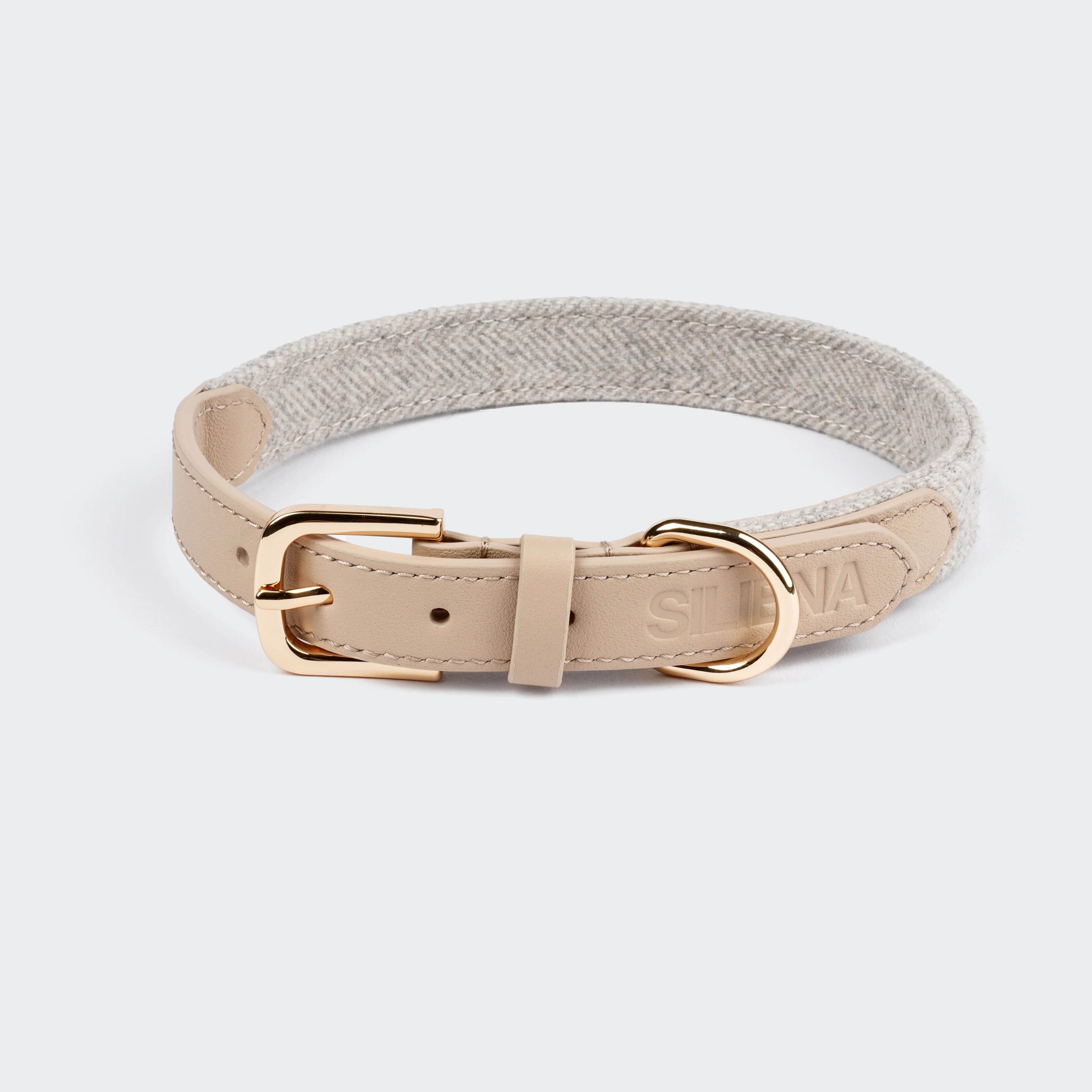
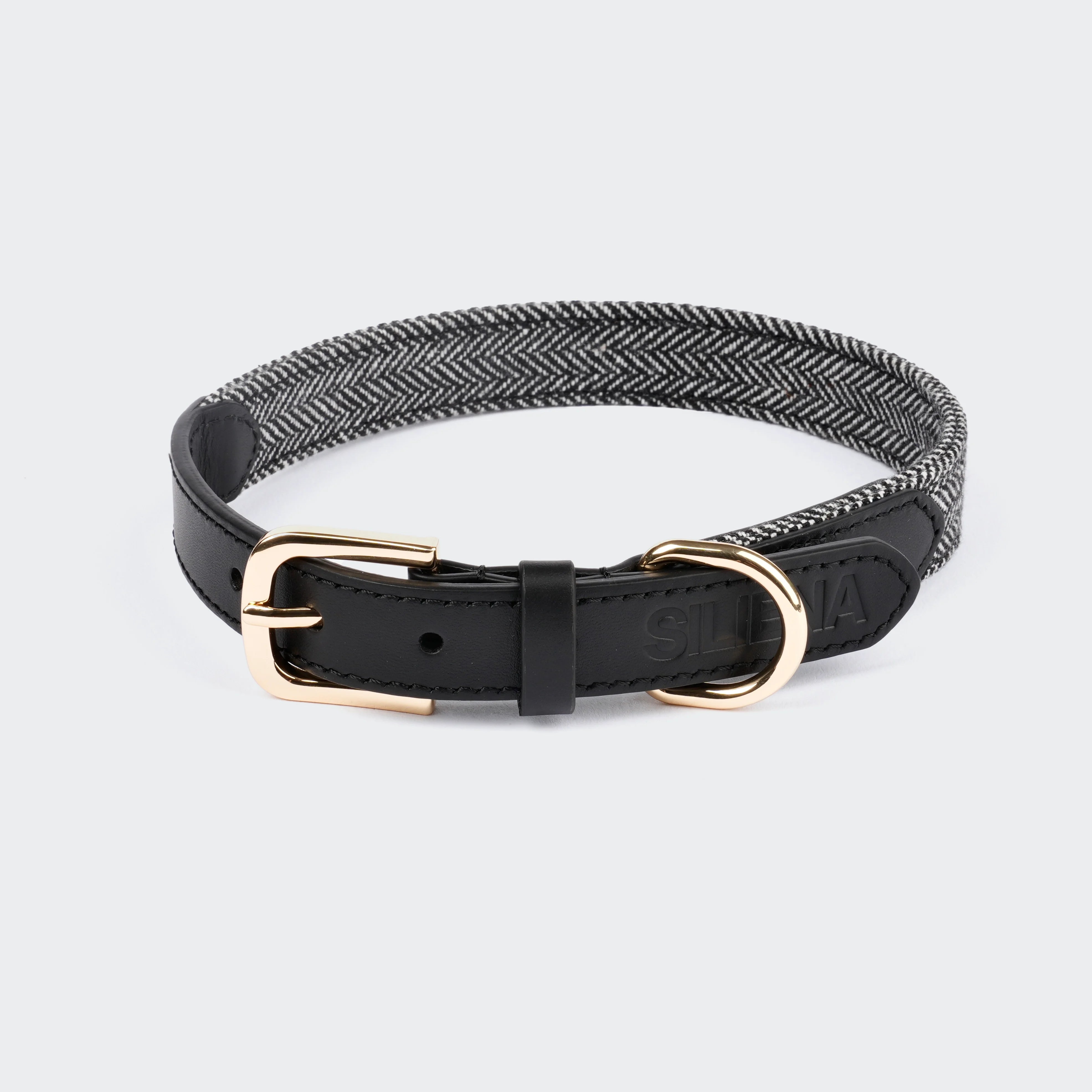
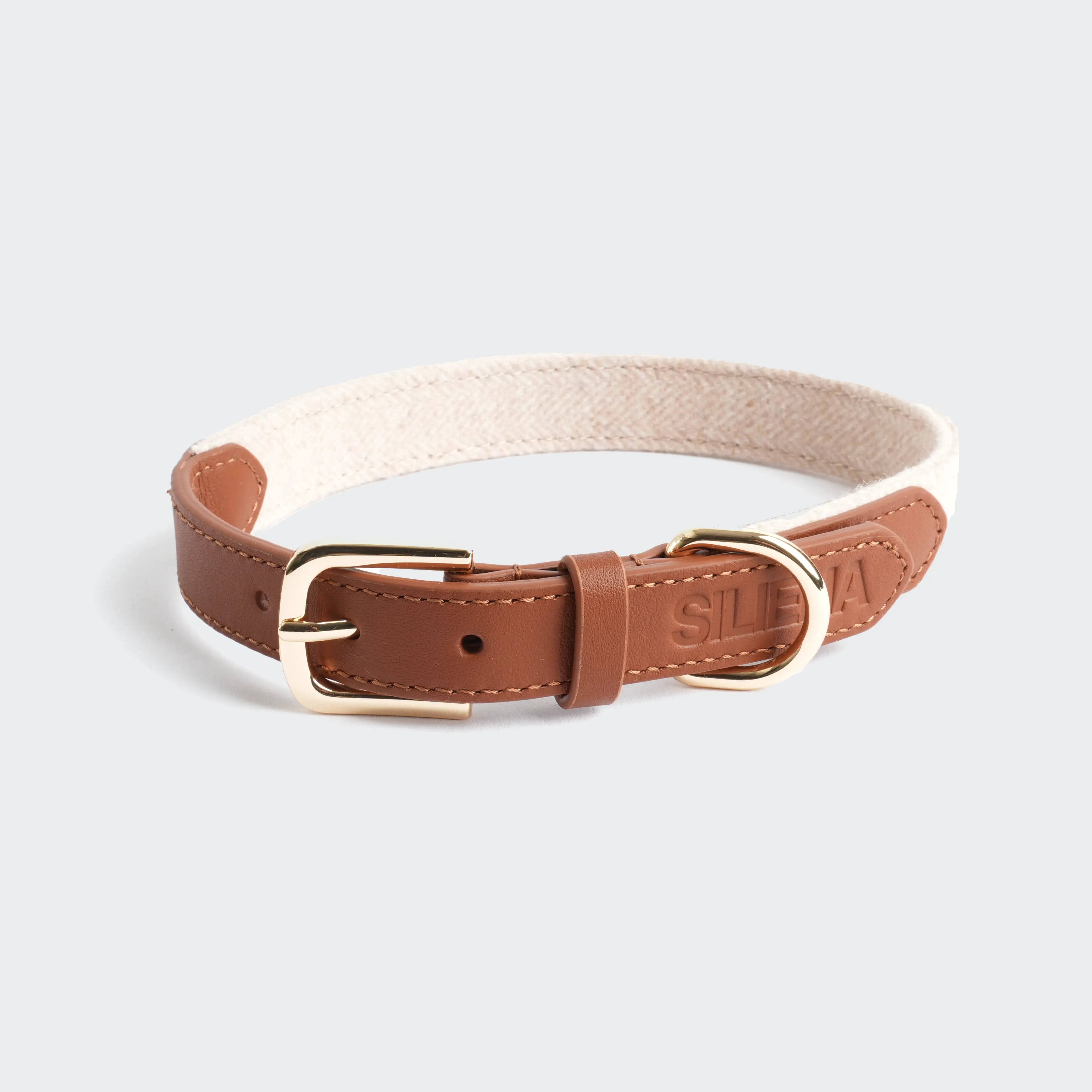
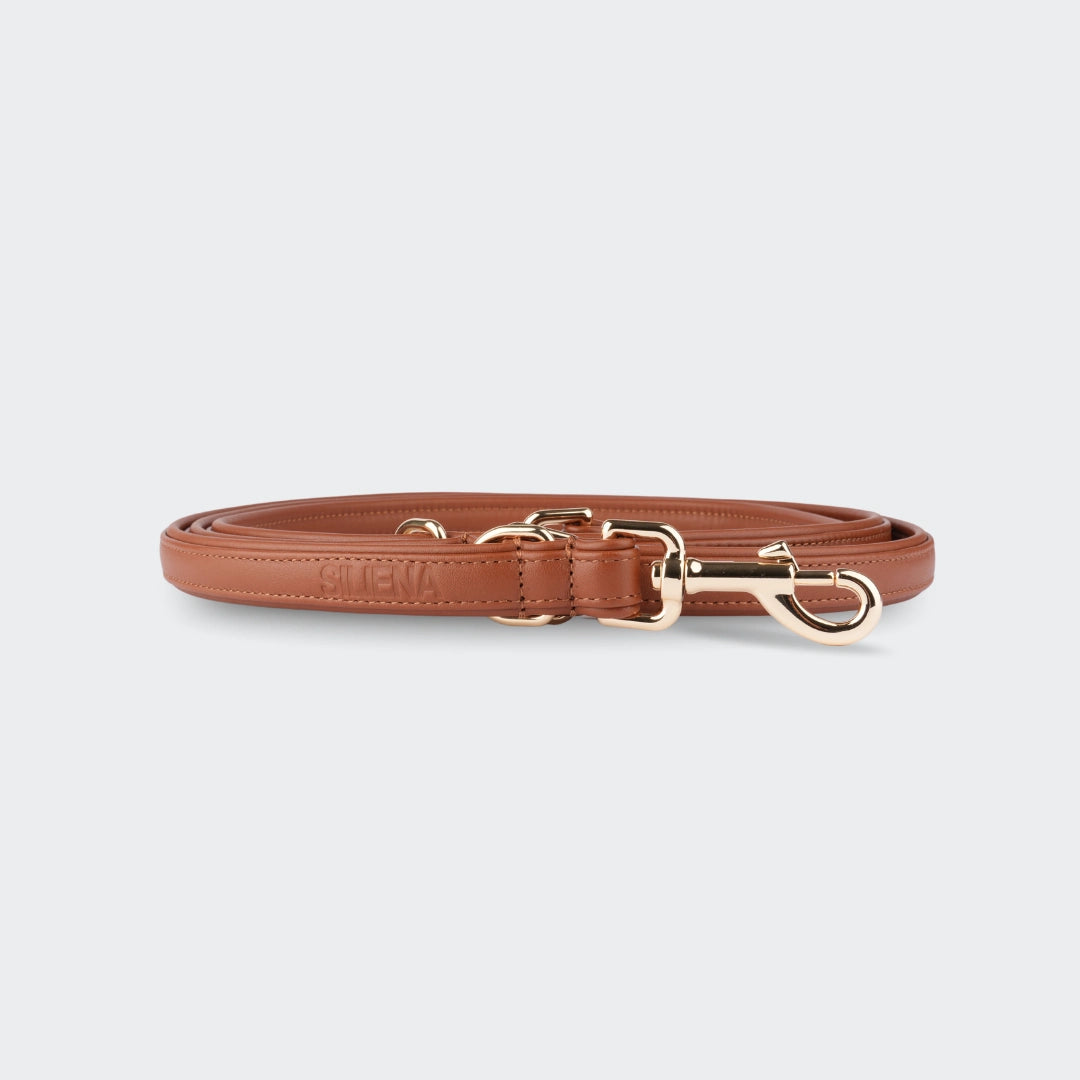
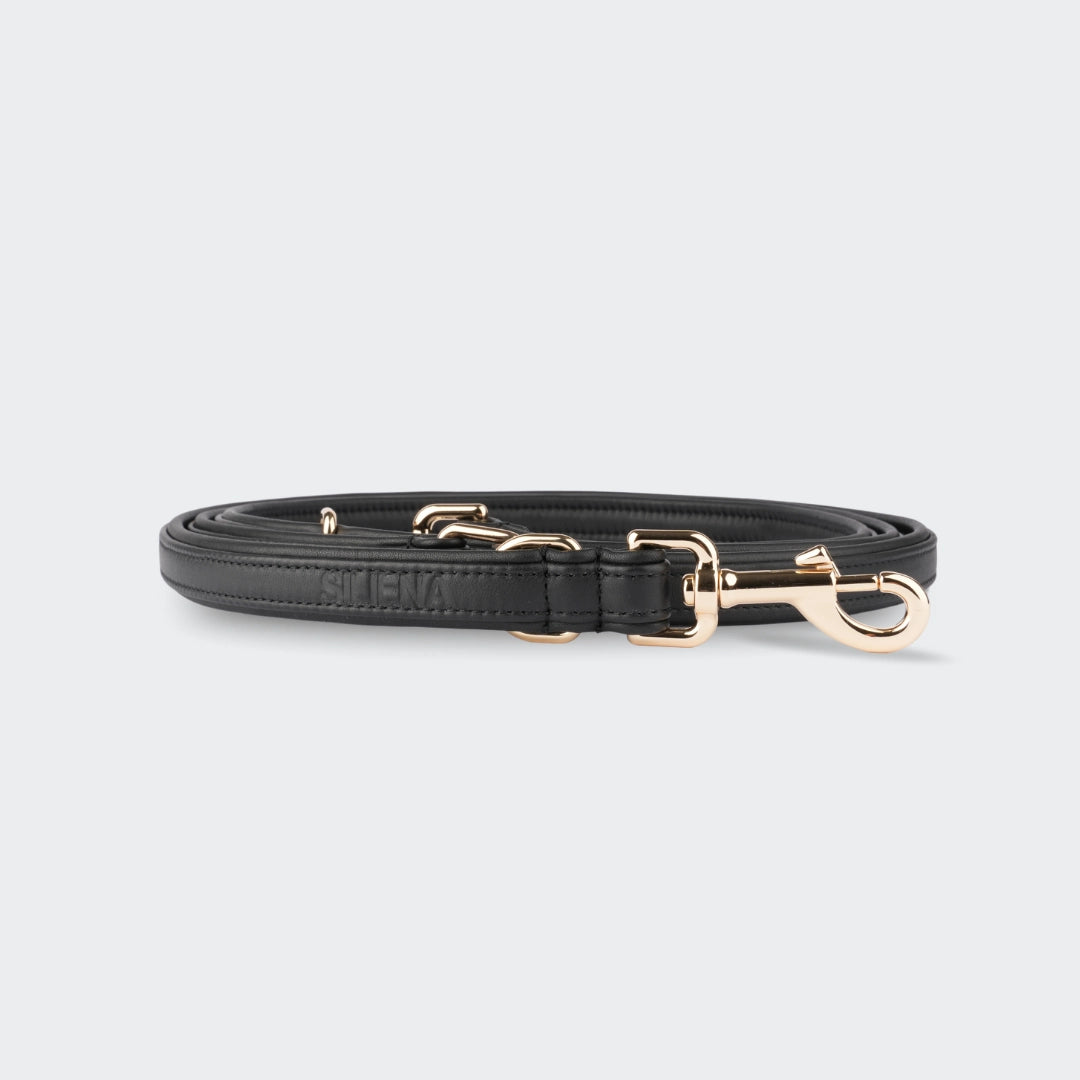
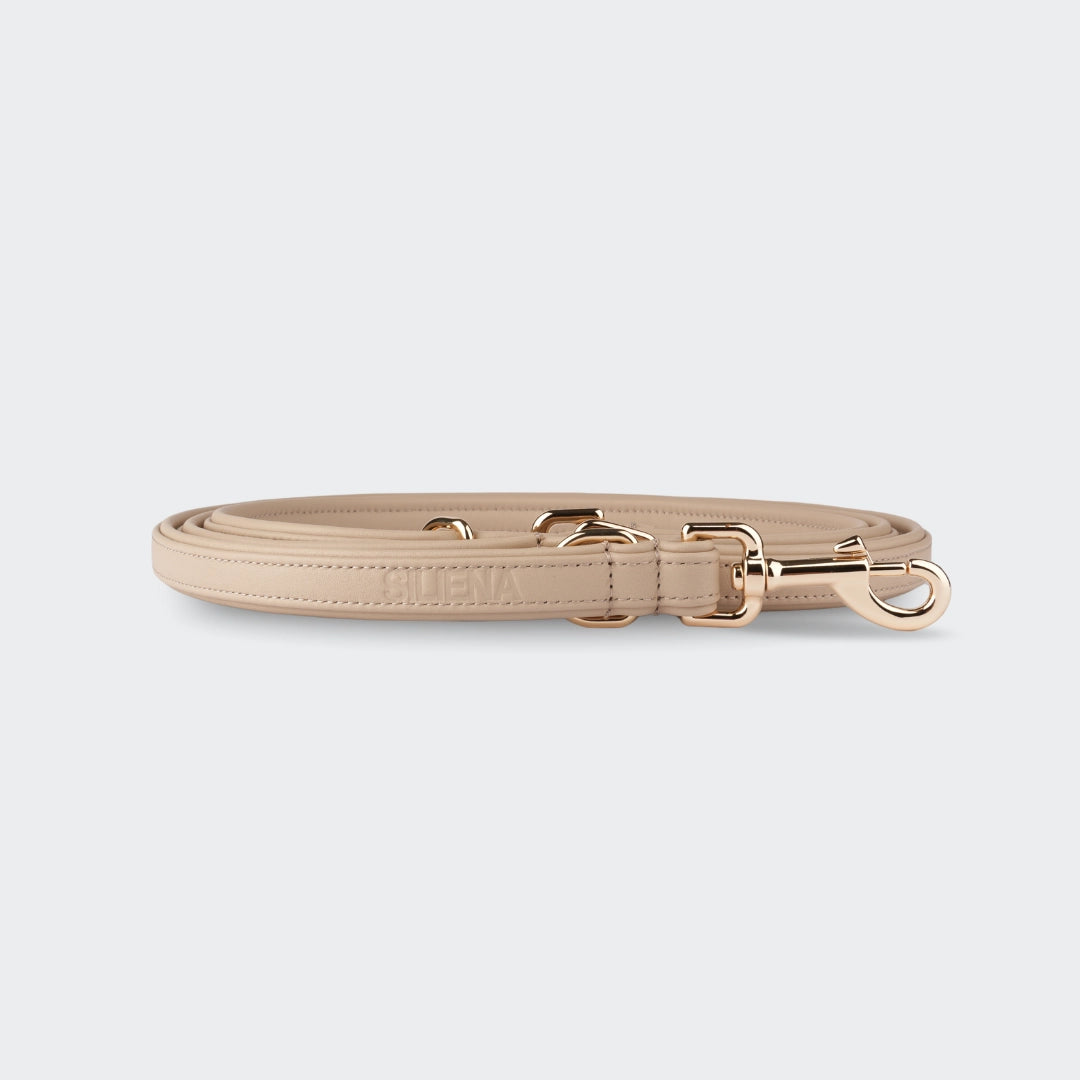
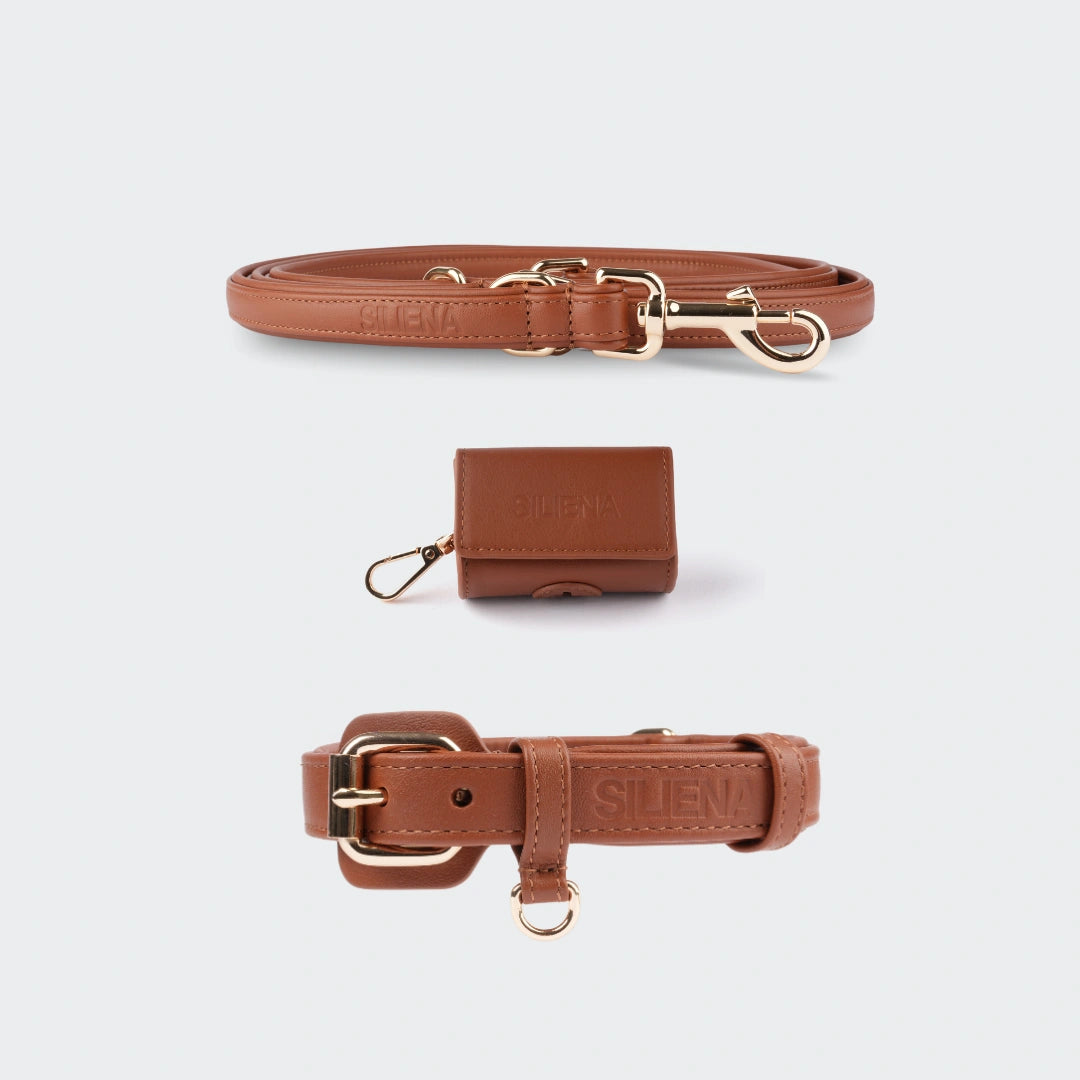
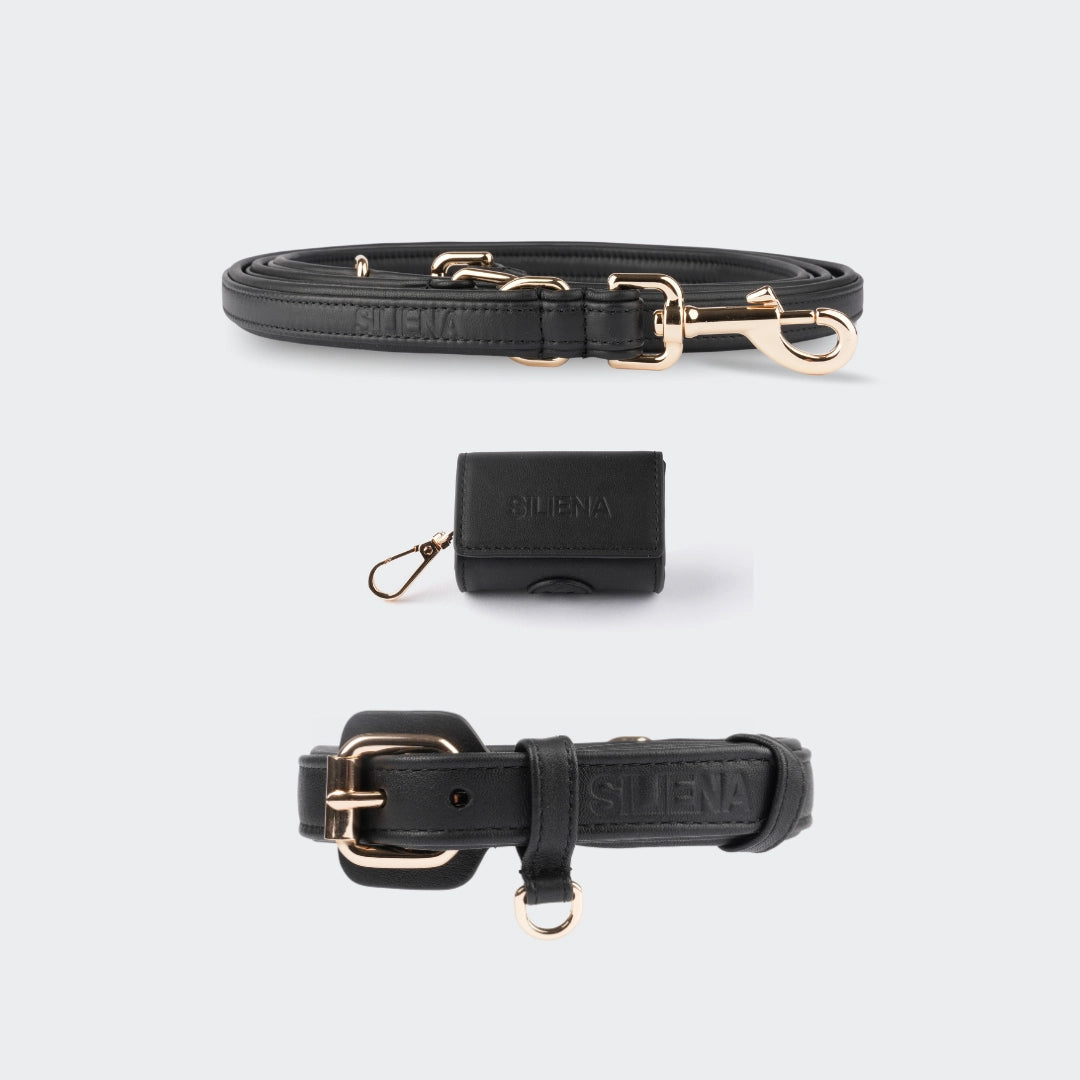
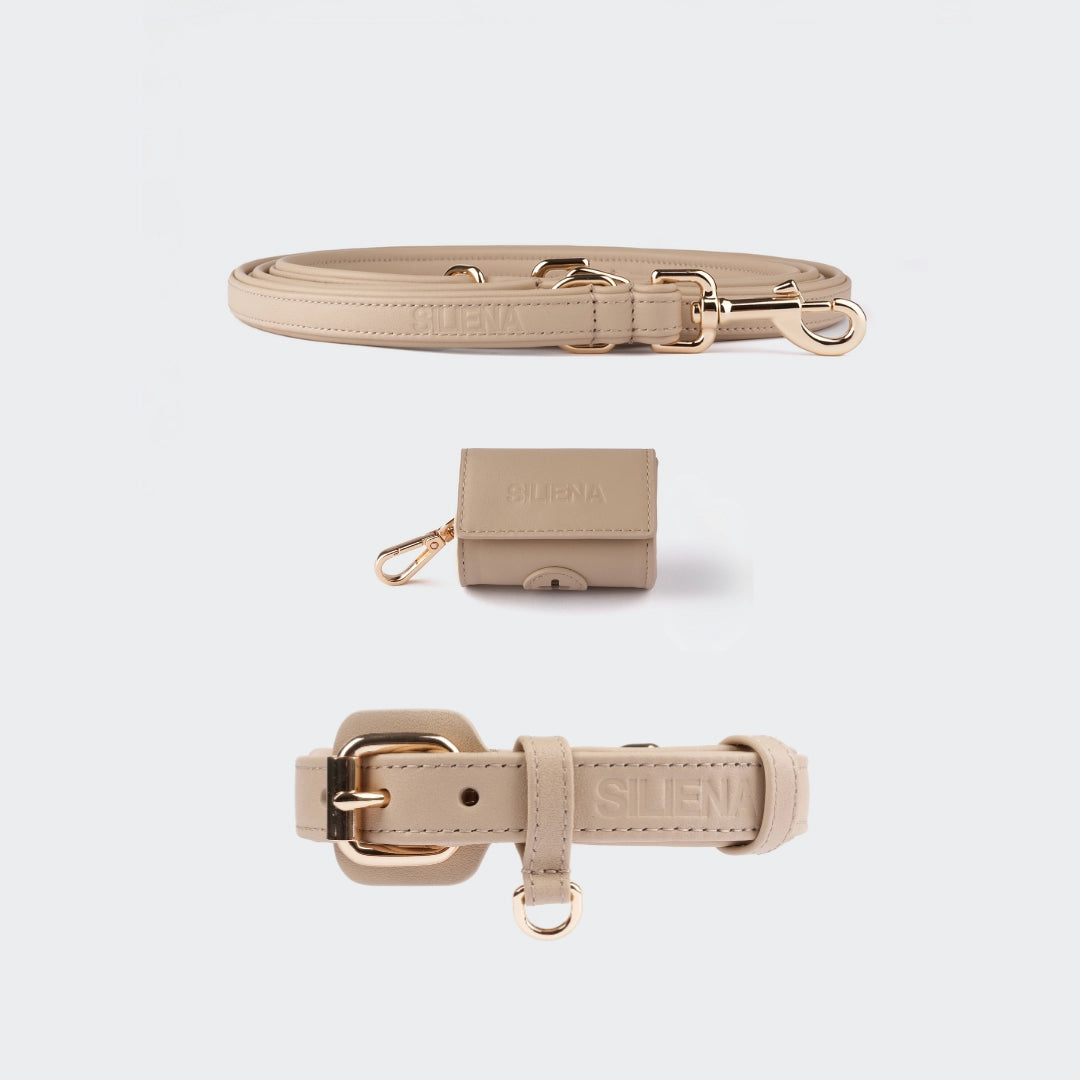
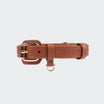
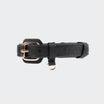
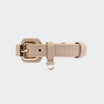
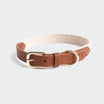
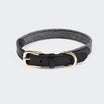
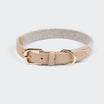
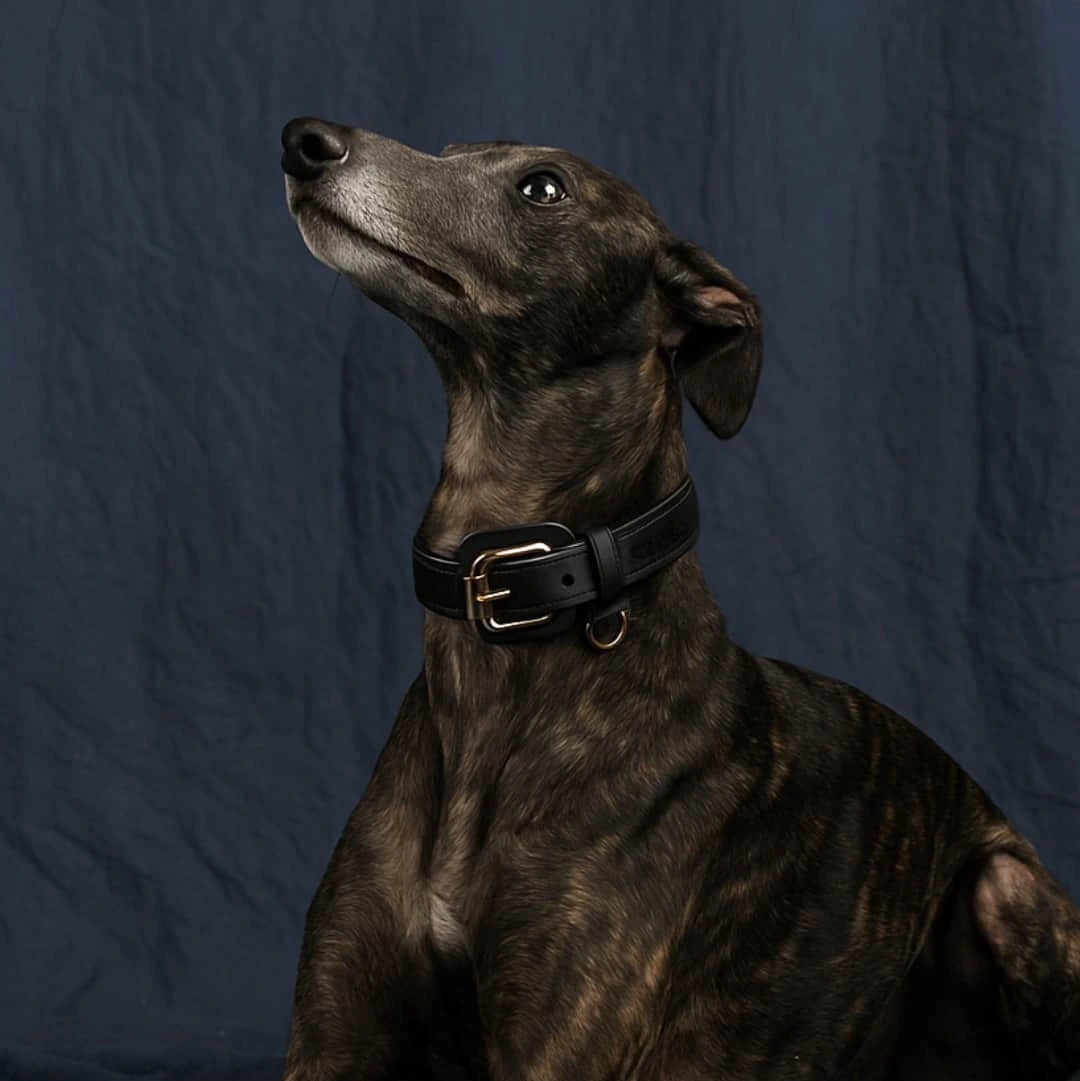
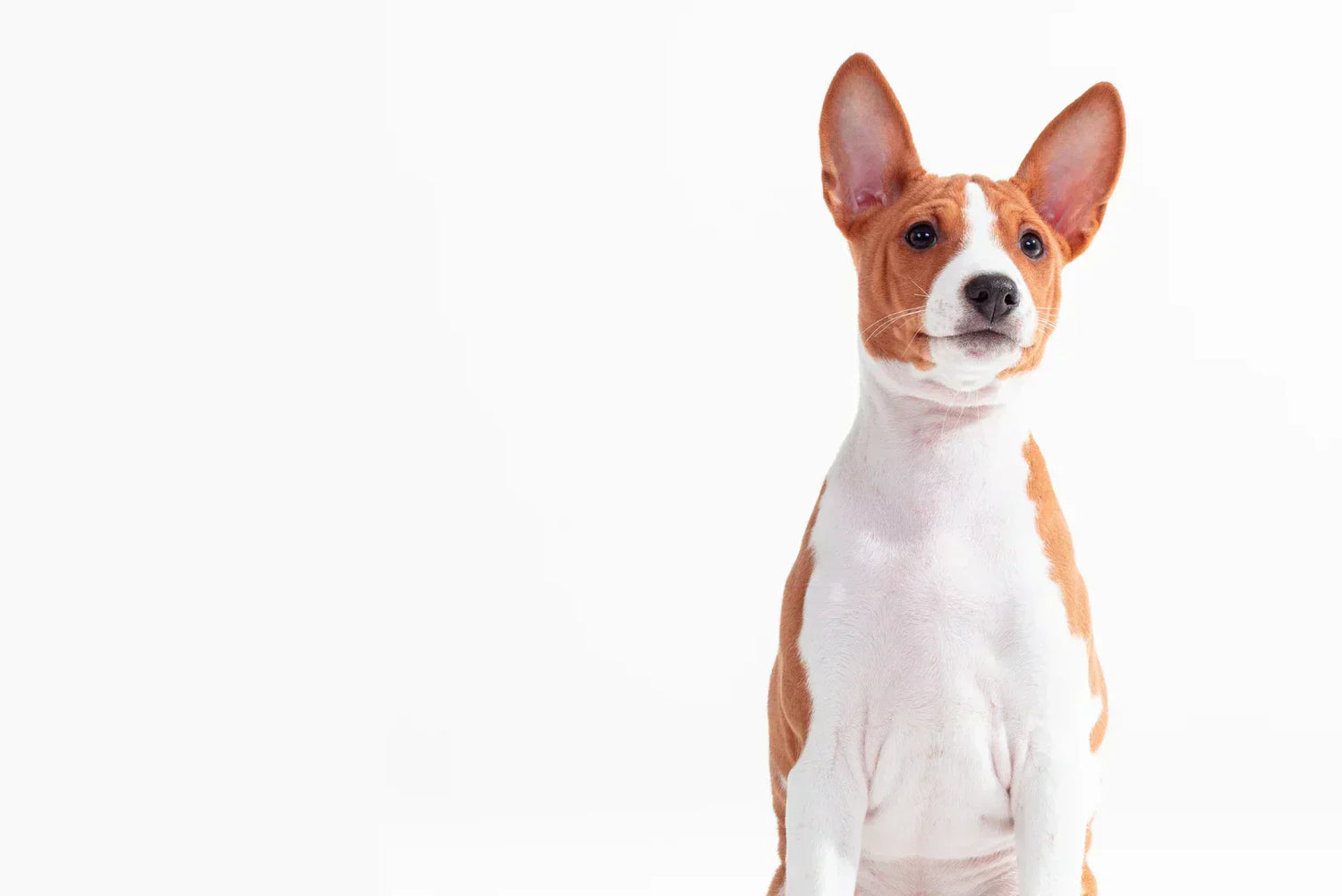
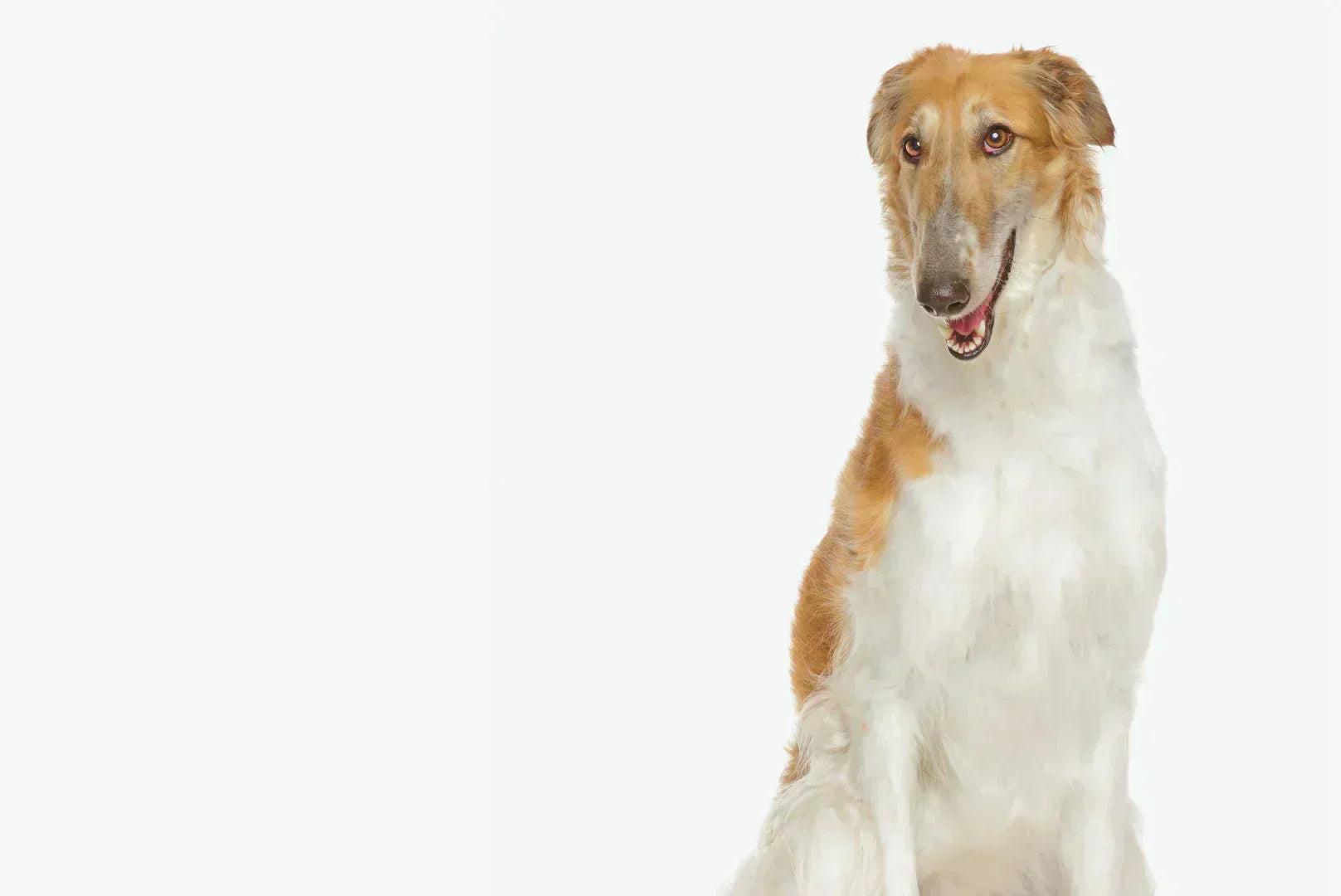
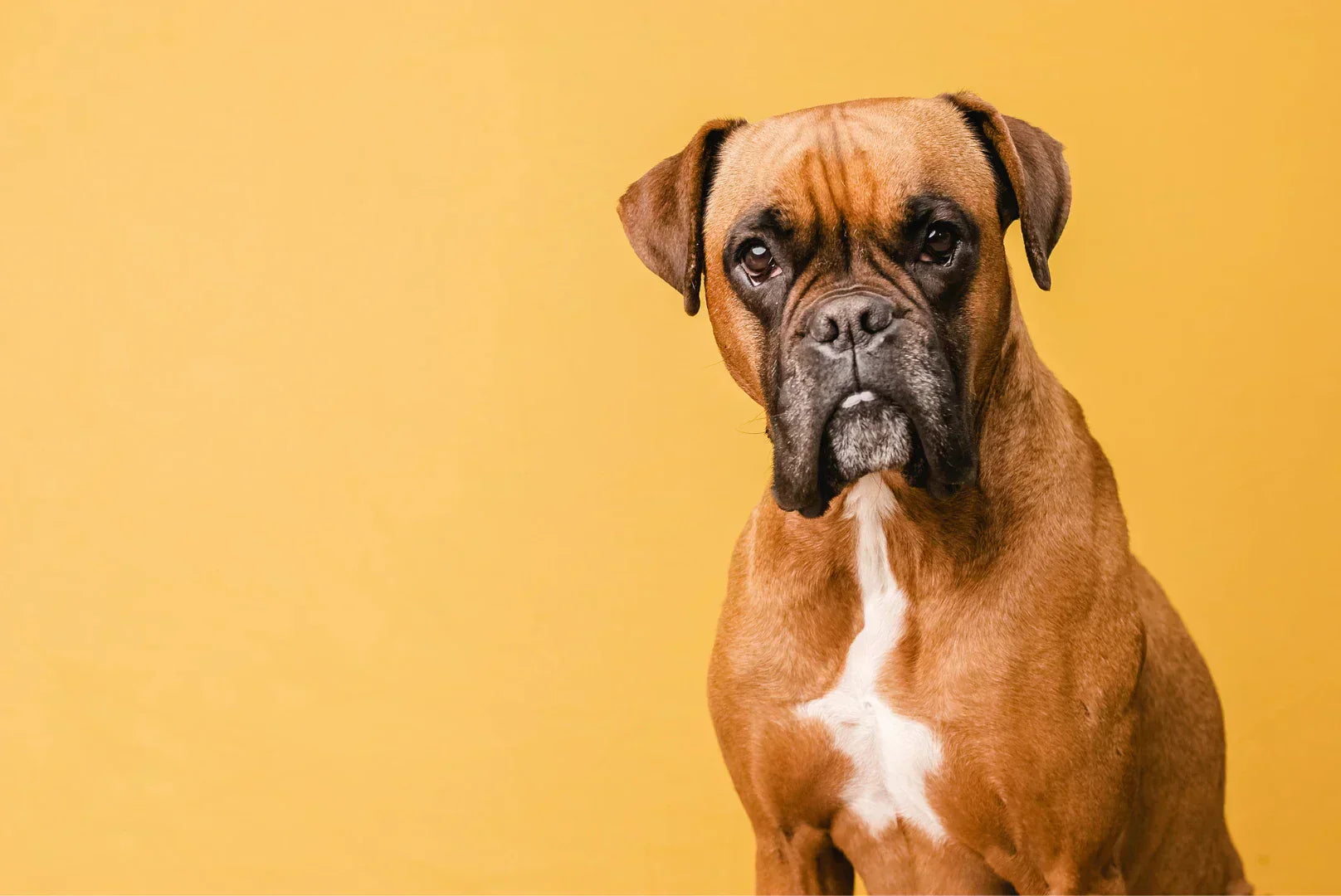
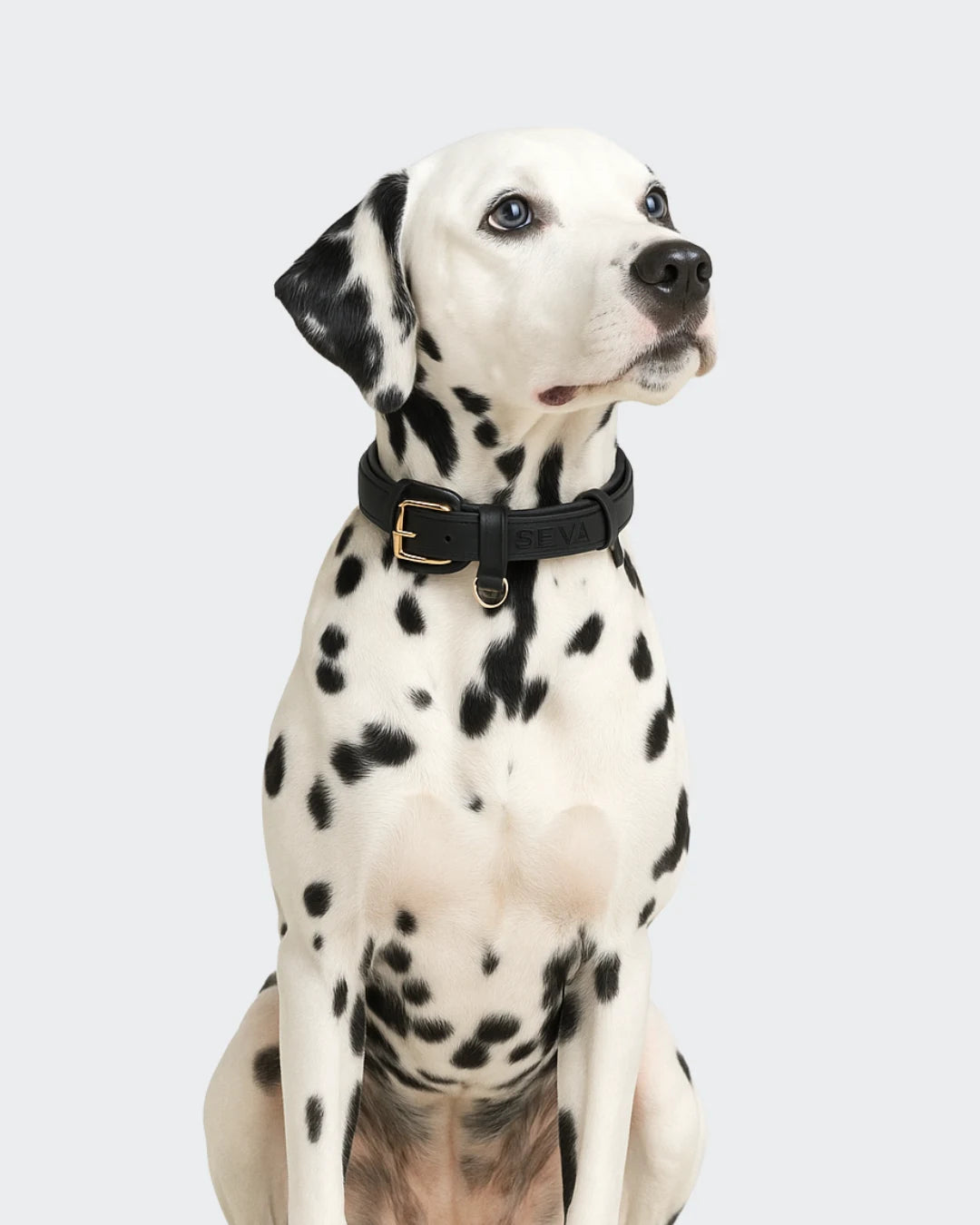
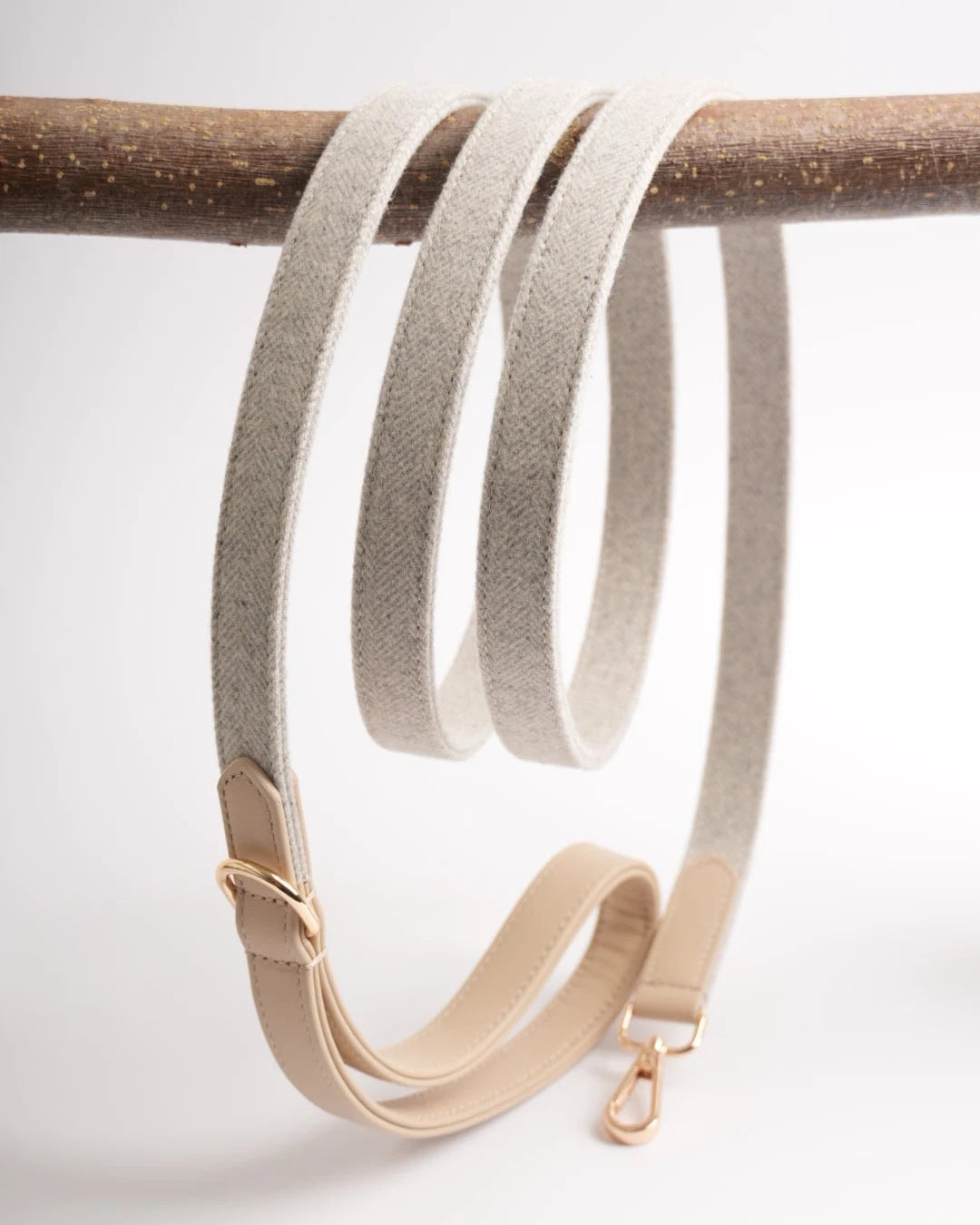
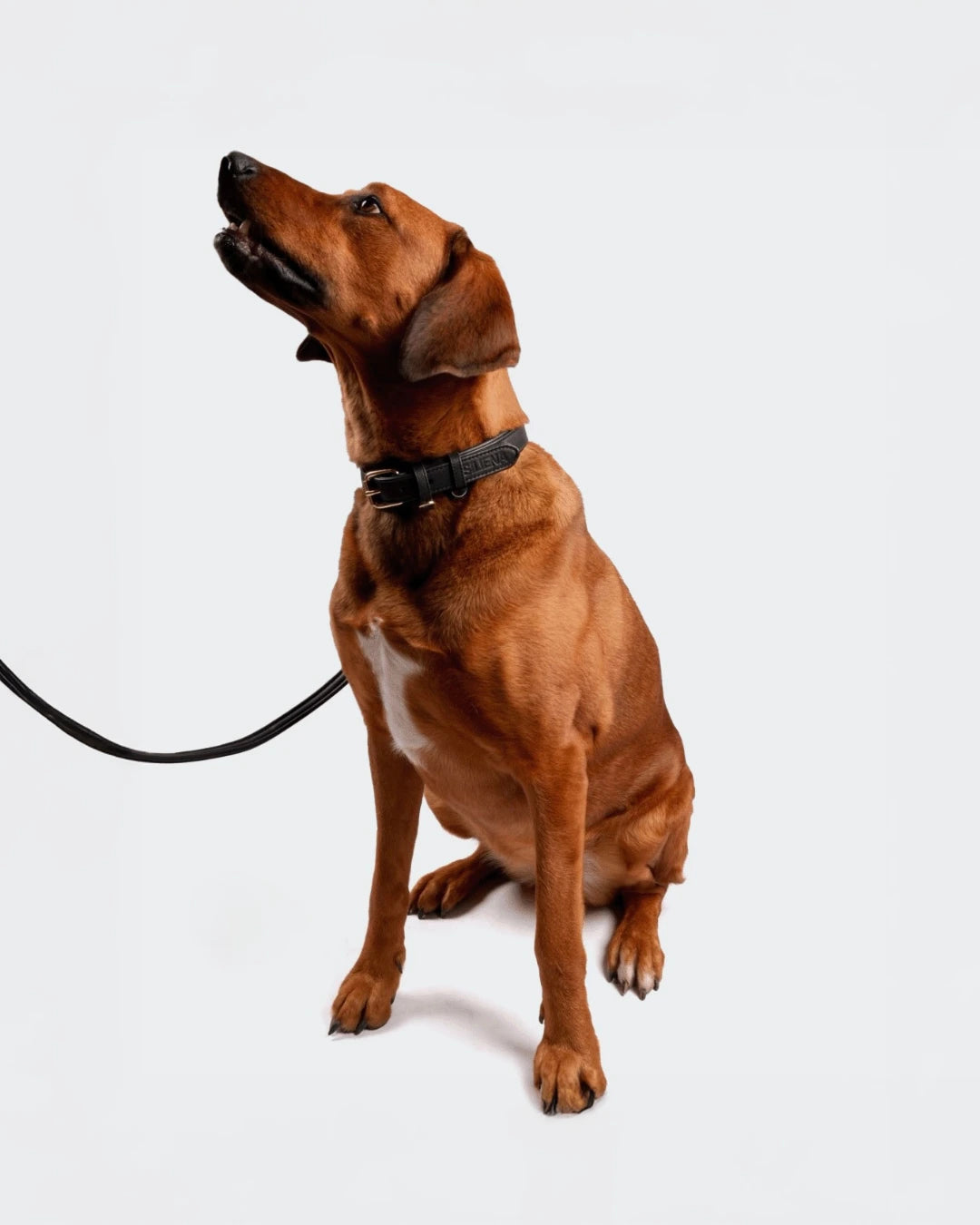
Leave a comment
This site is protected by hCaptcha and the hCaptcha Privacy Policy and Terms of Service apply.